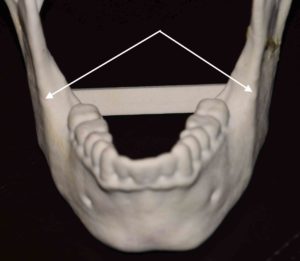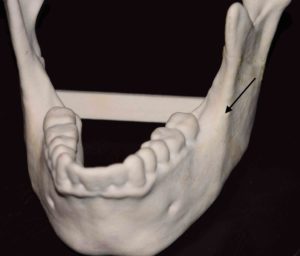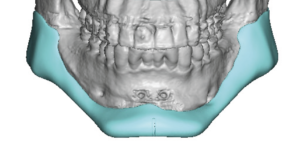The lower jaw has numerous constituent parts one of which is the ramus. The ramus of the mandible has considerable clinical interest as it is associated with multiple reconstructive and aesthetic procedures. The well known sagittal split ramus osteotomy (SSRO) is a fundamental orthognathic surgery procedure that splits the ramus into two pieces in a sagittal direction for distal bony segment repositioning. The ramus is also one of the most common sites of jaw fractures and poses unique stabilization concerns because of its numerous muscle attachments. It can also be aesthetically reduced by v-line surgery or augmented by various types of jaw angle implants.
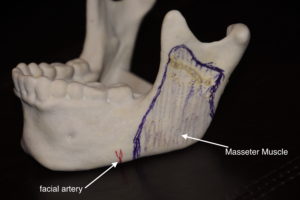

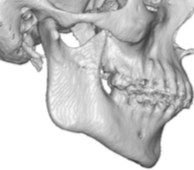
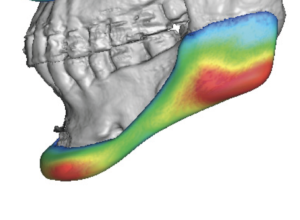
Dr. Barry Eppley
Indianapolis, Indiana



